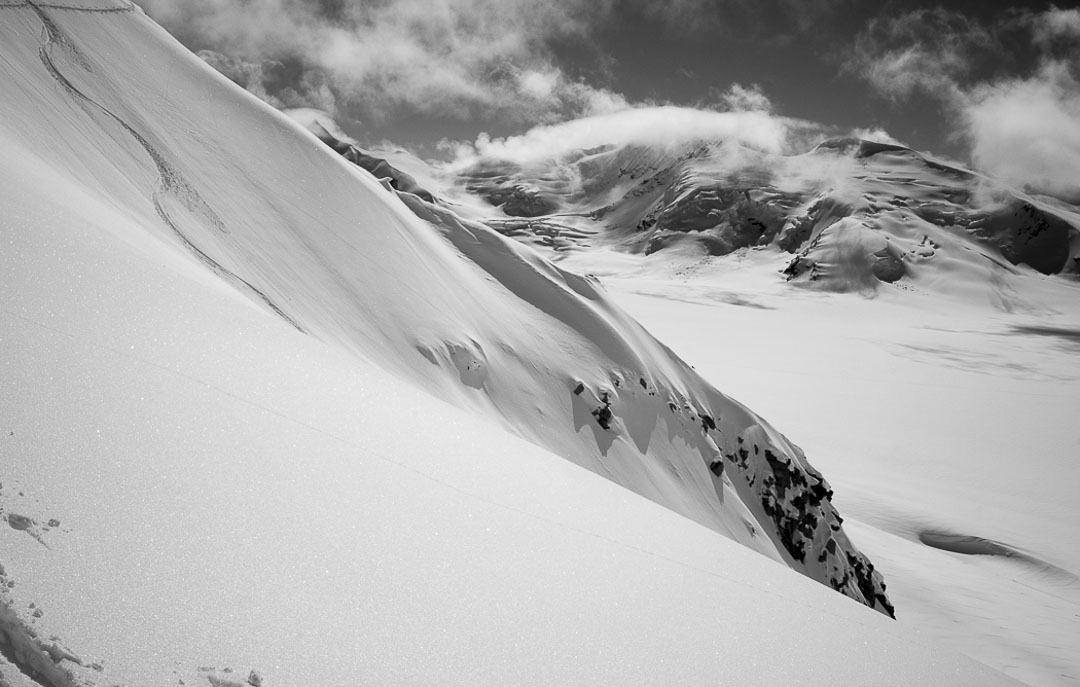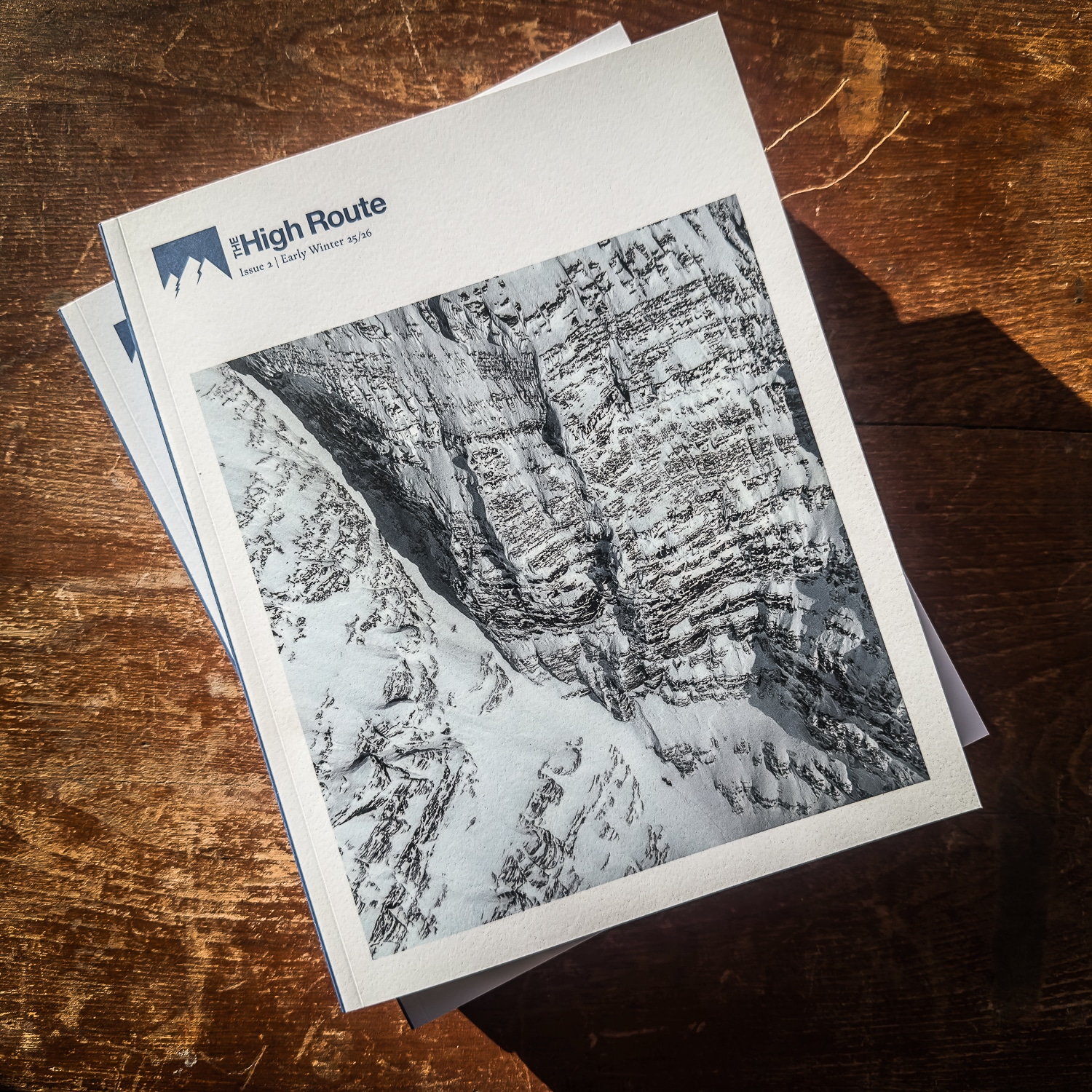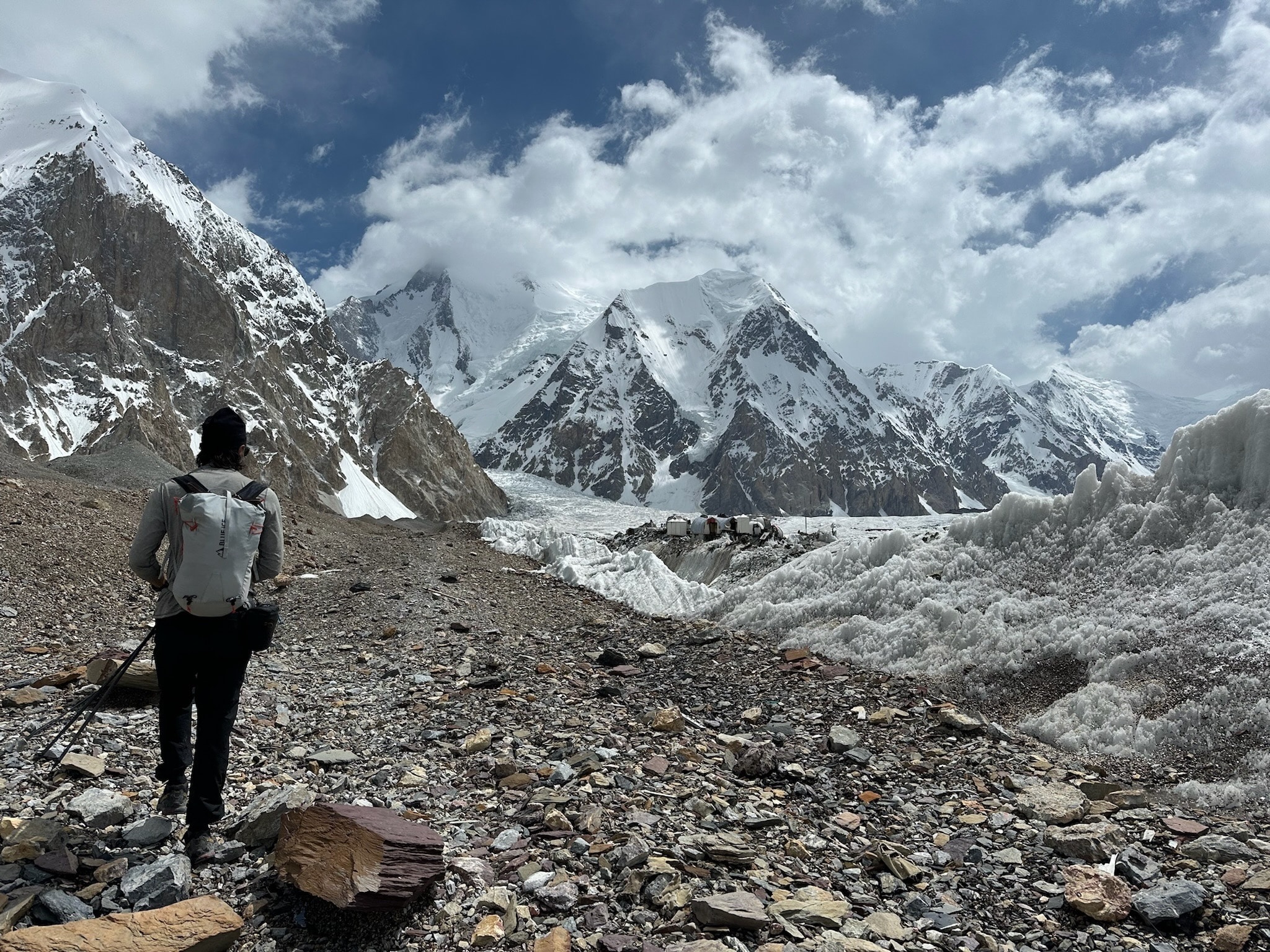Find time to read Snow Fall: The Avalanche at Tunnel Creek, a New York Times classic. Published in 2012, the piece still shines and makes us know how fragile it all is.
Every few years, I revisit a journalistic and interactive multimedia masterpiece, Snow Fall: The Avalanche at Tunnel Creek, by John Branch. Branch, a sports writer for the NYT, has come to trade access to relatively high-profile outdoor athletes for what is a boon for readers; great prose and great insight. Published in 2012, more than a decade on, the piece resonates on many levels. Three individuals lost their lives in the well-documented accident.At the time, I recall the accident created waves due to its scale; there were 16 members in the party, and some of them were well-recognized names. I also recall being blown away by the multimedia presentation—it altered my perception of how one could present a story with the proper resources. But other notable things caught my attention too.
Sidecountry: A Term Deserving of Cancellation
As a culture, we have inched along, making progress. Sidecountry, at least in my circles, is a dust-bin term. Tunnel Creek, for example, is accessed via a chairlift and hike from Stevens Pass Ski Area atop Cowboy Mountain. With just an ounce of moxy, you transition from a relatively manicured industrial ski zone to real deal craggy, raw, unmitigated backcountry.
Here’s what Branch wrote in 2012. “Those who drop away from the ski area, toward Tunnel Creek, are simply following a much wider trend into “sidecountry” — backcountry slopes easily entered by lifts and, sometimes, a short hike.
“I don’t like the term ‘sidecountry,’” Moore, the avalanche forecaster, said. “It makes it sound like ‘backcountry light.’”
If you hear the word sidecountry or find yourself in the “sidecountry,” know it is a fallacy. Clear from Branch’s story and clear from many close-to-ski-area-boundary avalanche fatalities, sidecountry isn’t. It is backcountry.
I was reminded of this in a past life when asked to write a story on the “best sidecountry access,” from select chairlift-served mountains. I explained that “sidecountry” wasn’t a term in use anymore, and I could sense the puzzlement on the other end of the line. But, as I said, I don’t use that term or treat any terrain outside an area’s boundary as such. Read “Snow Fall” if you need to get on board with that.
Group
Scan across the top menu bar of “Snow Fall’s” multimedia presentation, and The Group resides far to the right. Click The Group and a sixteen-portrait composite of the ski party displays. Eerily, you can make direct eye contact with each person, which, at least for me, adds a level of intimacy and sadness to the story Branch lays out. These are human beings with friends, loved ones, partners, and possibly children.
Branch does discuss in detail the degrees of separation between those in the group and the somewhat casual way the group coalesced to ride a lift and work towards Tunnel Creek. In today’s hair-trigger world, I want to be clear: this is not a judgment on the individuals involved. I’m grateful the story was told as it remains a prime educational resource.






Leave a Reply
You must be logged in to post a comment.